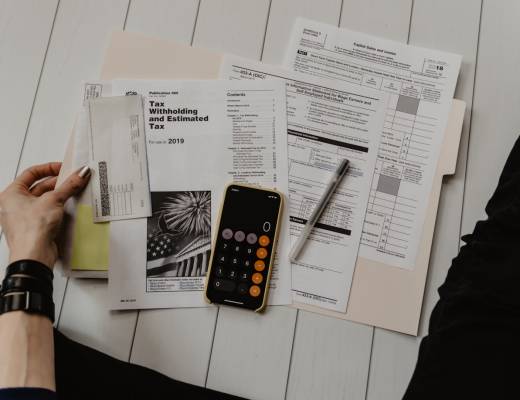The $40,000 Mistake
The young caller explained that he had researched a specific truck priced around $20,000 for his business. When he arrived at the dealership, that truck had been sold. Feeling pressured because he had jobs lined up and needed a vehicle immediately, he made a panic purchase—an Eco Diesel truck for $40,000 that was only worth about $20,000. To make matters worse, the engine blew shortly after purchase. Fortunately, he had purchased a warranty that covered the replacement without a deductible—though this warranty likely contributed to the inflated price. A year later, he still owed $36,000 on a $20,000 truck. That’s a $16,000 negative equity position—a financial hole that’s extremely difficult to climb out of.What Really Happened Here?
Dave Ramsey’s response to this situation was insightful. He suspected the caller might be misunderstanding the numbers. The $40,000 figure likely wasn’t just the vehicle price but included:- The actual vehicle cost
- An overpriced extended warranty
- High-interest financing from a subprime lender
- Possibly other add-ons and fees
Red Flags in Car Buying
This call highlighted several warning signs we should all watch for when purchasing vehicles:- Feeling rushed or pressured to make a decision
- Focusing on monthly payments instead of total cost
- Not knowing the true market value of the vehicle
- Being unprepared with financing options before visiting the dealership
- Not having a backup plan if your first choice falls through
How to Avoid This Situation
After hearing this call, I believe there are several steps we can all take to avoid similar traps: Always research multiple vehicles before shopping. Don’t fixate on just one model. Have several options that would meet your needs in case your first choice isn’t available. Know the market value of any vehicle you’re considering. Resources like Kelley Blue Book, NADA Guides, and Edmunds can help determine fair prices. Arrange financing before visiting dealerships. Credit unions often offer the best auto loan rates. Having pre-approval gives you leverage and helps you understand your true budget. Be willing to walk away. This is perhaps the most important point. The caller’s biggest mistake was feeling that he had to leave with a vehicle that day. Desperation leads to bad decisions. Get an independent inspection before purchasing any used vehicle. The fact that the engine blew immediately suggests there may have been existing problems.The Path Forward
Ramsey’s advice to the caller was spot-on: Get help from a financial professional to understand the actual payoff amount and options for getting out of this situation. Sometimes what looks like a $16,000 negative equity position might be less severe once properly analyzed. For those already in similar situations, the options are limited but not nonexistent. You might need to aggressively pay down the loan until you reach positive equity, or save up enough cash to cover the negative equity when selling. Car buying mistakes can be painful learning experiences, but they don’t have to define your financial future. The most important thing is to learn from them and make better choices moving forward.Frequently Asked Questions
Q: How can I determine the true market value of a vehicle before purchasing?
You should check multiple sources including Kelley Blue Book, NADA Guides, and Edmunds. Also look at comparable vehicles for sale in your area on sites like AutoTrader or Cars.com to get a realistic idea of local market prices. This research helps you recognize when a dealer is asking far more than a vehicle is worth.
Q: What should I do if I’m already underwater on my car loan?
First, determine exactly how much you owe versus the current value of your vehicle. Then consider options like making extra payments to reduce the principal faster, refinancing if you can get a lower interest rate, or saving up enough cash to cover the negative equity when you sell. In extreme cases, you might need to keep the vehicle until you reach positive equity.
Q: Is it ever worth buying an extended warranty on a vehicle?
Most financial experts, including Dave Ramsey, advise against extended warranties. They’re typically overpriced and have many exclusions. Instead, research reliable vehicle models, get a pre-purchase inspection, and set aside money in an emergency fund for potential repairs. This approach usually costs less in the long run than purchasing warranties.
Q: How can I avoid feeling pressured when buying a car?
Always be prepared to walk away. Have transportation alternatives ready so you don’t feel stuck. Shop on days when you have plenty of time, bring a level-headed friend for support, and remember that no deal is so good it won’t be available tomorrow. Tell salespeople upfront that you won’t be making a decision that day—you’re just gathering information.







